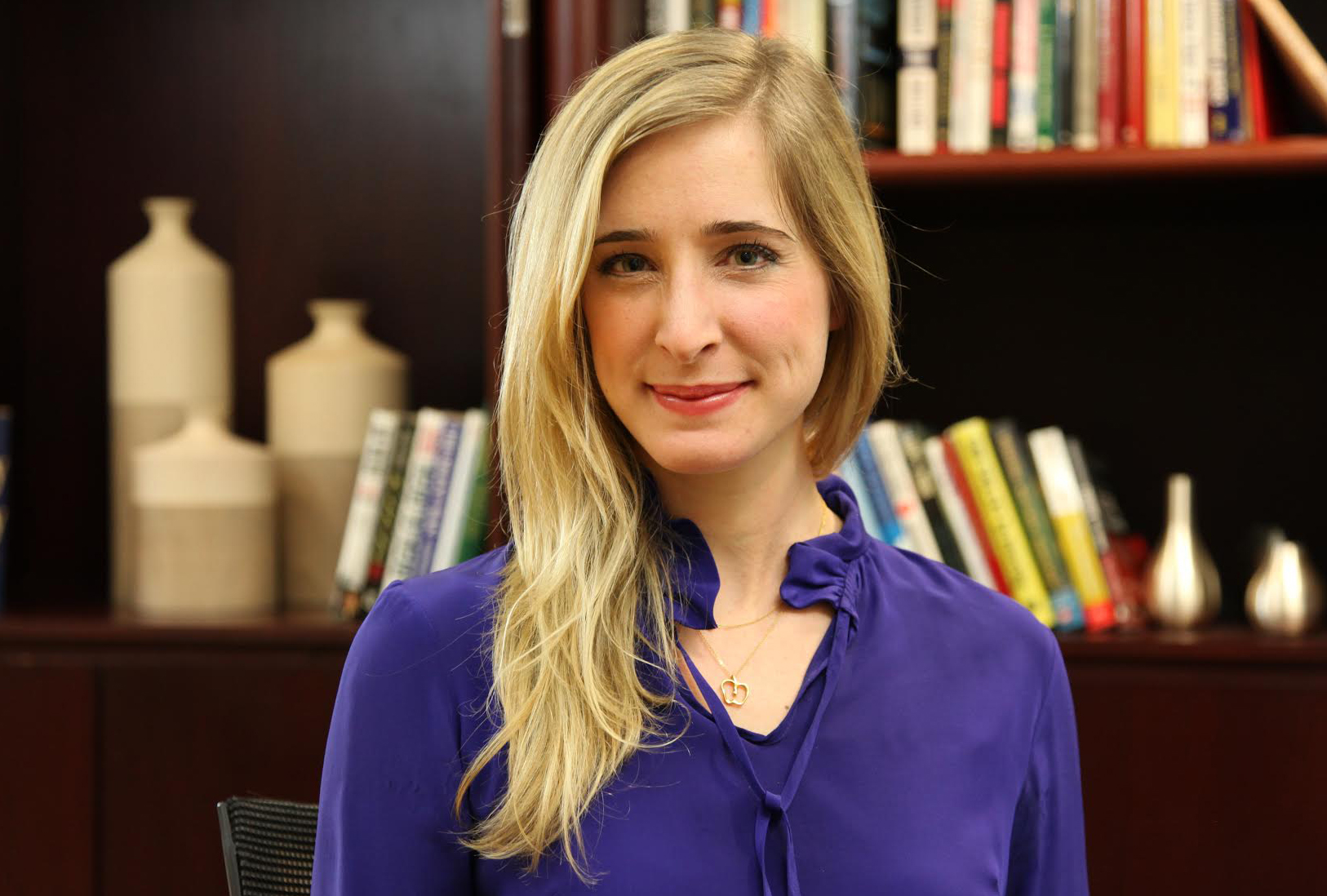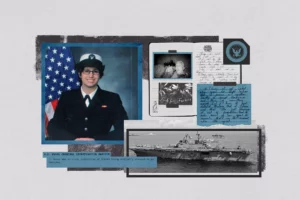
A 3-digit U.S. emergency mental health line is coming. But it’s not that simple.
Abigail Jones is an award-winning journalist specializing in mental health, trauma, women and family, and a 2020-2021 Rosalynn Carter Fellow for Mental Health Journalism. This is a lightly edited version of the informal essay Abigail submitted for her fellowship application, republished with her permission. The deadline for 2021-2022’s fellowship applications is April 7, 2021.
The coronavirus has transformed nearly every facet of daily life, but another menacing crisis looms: a mental health epidemic unlike any the country has seen. While experts are sounding alarms, a potentially life-saving yet little-known solution is on the cusp of launching—an ambitious initiative that will transform access to mental healthcare and reduce stigma.
My project will tell the story of what could be a legacy of the COVID-19 outbreak: 988, America’s first three-digit mental health and suicide prevention crisis hotline.
Americans have long relied on the 911 emergency line, underscoring a critical aspect of the national psyche: the belief that physical health and public safety emergencies matter, requiring 24/7 responders and facilities. Yet an easy-to-remember, easy-to-dial number for mental health crises eludes us. The need is dire.
The coronavirus has already left a trail of suffering—a rise in domestic abuse, catastrophic unemployment and financial distress, loneliness, PTSD in front-line workers. In April 2020, an emergency room doctor treating coronavirus patients in New York City died by suicide.
“She tried to do her job, and it killed her,” her father told The New York Times, adding that his daughter had no history of mental illness.
Even before the coronavirus, the country was in the midst of a mental health crisis. Suicide is the 10th leading cause of death overall and the second leading cause of death for ages 10–34.
Mental illness affects 1 in 5 Americans, and most people struggle to access and afford care. The nation’s best line of defense, the National Suicide Prevention Lifeline (1-800-273-8255), which answered more than two million calls in 2018, is chronically underfunded.
And 911 is not a panacea. Experts say it can do more harm than good for people with mental illness, who have been shot and killed by police, taken to jail, and brought to ill-prepared emergency rooms.
In December 2019, the Federal Communications Commission unanimously approved a proposal to designate 988 as America’s first three-digit mental health and suicide prevention hotline, replacing the Lifeline’s hard-to-remember 10-digit number and dramatically expanding its operation. Callers dialing 988 will receive immediate counseling over the phone and access life-saving services.
But mere passage of the FCC proposal is not enough. To succeed, 988 needs a robust infrastructure, including regional call centers with trained staff working 24/7 and mobile teams that can reach anyone, anywhere. The biggest challenge may be the fact that, as one insider put it, “988 is not a number you turn a switch on.” It will take a herculean effort across numerous industries, leaders and communities to make 988 work efficiently and effectively.
My fellowship project will culminate in a 6,000- to 7,000-word feature article for The Washington Post Magazine exploring the long road to launching 988, what it needs to work, and what could happen if it fails.
The backbone of the piece will be intimate stories from everyday people—a doctor working coronavirus’s front lines; a social worker who’s seen what happens when people who need help don’t get it; veterans, teens and others from diverse socioeconomic, racial, ethnic and geographic backgrounds, who reveal what mental health looks like across America.
I will interview lawmakers, key players, mental health workers, psychologists, police officers and EMTs. And I will speak with educators and school nurses to understand 988’s impact on students as they emerge from the pandemic.
Insiders expected 988’s passage in the spring or summer of 2020, with 12-18 months to develop the program. I will devote fall 2020 through spring 2021 to reporting, and summer 2021 to writing and editing while continuing to report as needed. This schedule allows me to cover this story as it unfolds. If social isolation continues into next year, I will rely on phone and video interviews.
When I told colleagues I planned to write about 988, they responded: “What is that?”
My article will ensure that people never ask this question again. With my background across print, digital and social media, I know how to promote the story to the widest audience, from lawmakers and health care workers to teachers and parents. Most importantly, readers will learn that they are not alone and help is a phone call away.
Mental health has been at the heart of my work since I was an Ochberg Fellow in trauma journalism in 2014. As a senior writer at Newsweek, I wrote over a dozen cover stories on topics ranging from child sexual abuse, to teens and racism, to homophobia in men’s figure skating. Two of those cover stories won Front Page Awards from the Newswomen’s Club of New York.
As a freelancer, I have continued reporting on mental health. For Cosmopolitan.com, I covered a little-known story: for every person who dies by suicide, another 280 people think seriously about killing themselves but don’t. They seldom speak out, but when they do, their stories can be life-saving.
And I wrote a cover story for The Washington Post Magazine about schizophrenia’s toll on families and why the mental health system can’t keep up.
My 988 article is a national mental health story that has the potential to change minds and save lives. I know how to tell it through a human lens, bringing this seemingly unwieldy subject to life with sensitivity and rigorous reporting.



